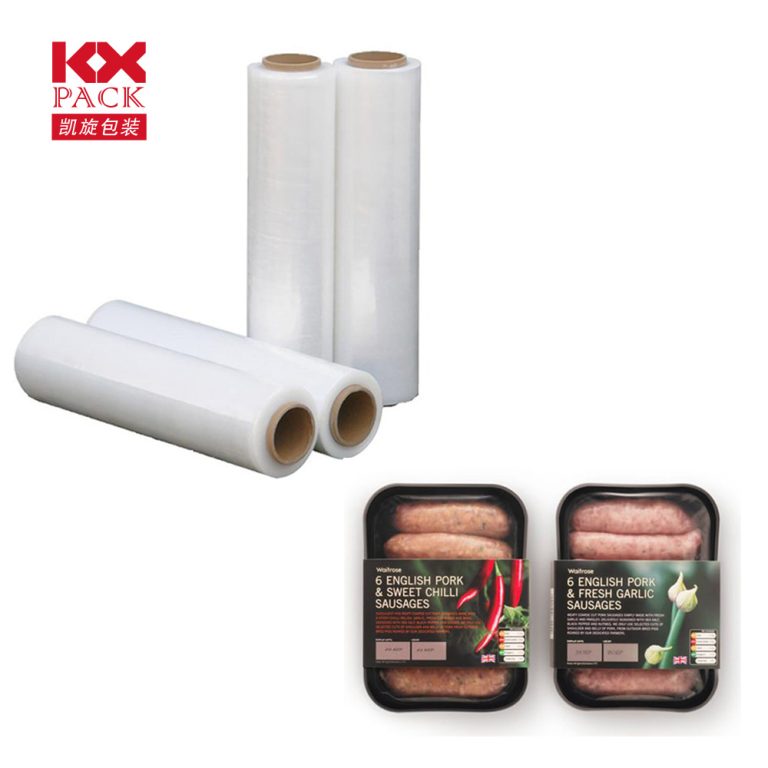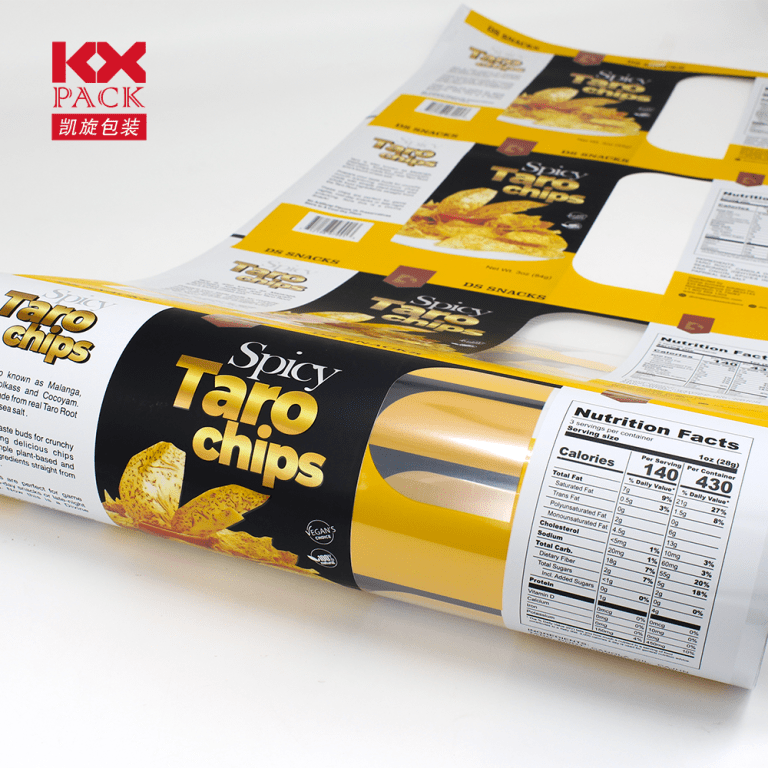Χρήσεις και είδη συσκευασίας φιλμ για τρόφιμα
Πίνακας περιεχομένων
Χρήσεις και είδη συσκευασίας φιλμ για τρόφιμα
Στον σημερινό γρήγορο κόσμο, Η συσκευασία φιλμ για τρόφιμα διαδραματίζει κρίσιμο ρόλο στη διασφάλιση της ασφάλειας, φρεσκάδα, και ελκυστική παρουσίαση των προϊόντων διατροφής μας.
Με συνεχώς εξελισσόμενες απαιτήσεις των καταναλωτών και αυστηρούς κανονισμούς, η βιομηχανία τροφίμων αναζητά συνεχώς προηγμένες και αποτελεσματικές λύσεις συσκευασίας. This article explores the latest trends and innovations in food packaging films, highlighting their unique properties, αιτήσεις, and the different types available.

Introduction to Food Packaging Films Food packaging films are thin, flexible materials designed to protect food items from external factors such as moisture, air, φως, και μολυντές. These films serve as a barrier, extending the shelf life of products and maintaining their quality during transportation and storage. The most commonly used materials for food packaging films include plastics like polyethylene, πολυπροπυλένιο, and polyester, as well as bio-based and biodegradable alternatives from manufacturers like Shantou Kaixuan Packaging Co., Ε.Π.Ε.
Types of Food Packaging Films and Their Applications
- Πολυαιθυλένιο (Π.Ε) Ταινίες: Available in different densities like LDPE, LLDPE and HDPE, these films offer excellent moisture barrier properties. They are commonly used for packaging bread, frozen foods, σνακ, and pouches.
- Πολυπροπυλένιο (PP) Ταινίες: With high strength, transparency and heat resistance, PP films are ideal for packaging microwaveable meals, ψημένα αγαθά, και φρέσκα προϊόντα.
- Πολυεστέρας (ΚΑΤΟΙΚΙΔΙΟ ΖΩΟ) Ταινίες: Possessing superior gas and moisture barrier abilities, PET films are suited for packaging meat, ποτά, and products with extended shelf lives.
- Polyamide (Πομόνια) Ταινίες: Also known as Nylon films, they boast high thermal resistance and toughness, making them perfect for retort pouches and vacuum packaging.
- Αλκοόλη αιθυλενίου (Εύος) Ταινίες: With exceptional oxygen barrier performance, EVOH films are often used as components in multi-layer structures for extending shelf life.
- Πολυξικό οξύ (PLA) Ταινίες: Που προέρχεται από ανανεώσιμες πηγές όπως το άμυλο καλαμποκιού, PLA is a biodegradable, eco-friendly option for sustainable packaging.
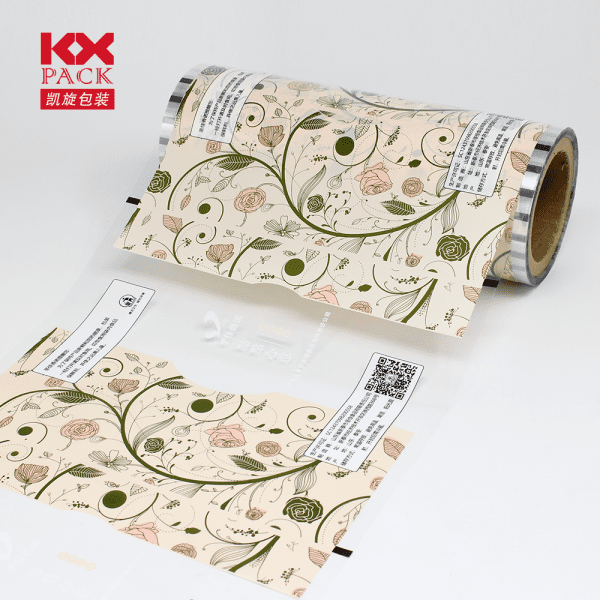
Who we are
Shantou Kaixuan Packaging Co., Ε.Π.Ε. has been a direct manufacturer focused on packaging for over 20 χρόνια, with a specialization in color printing, blistering, and bag making.
We offer an integrated solution encompassing design, παραγωγή, and sales. With a state-of-the-art facility covering 200,000 square meters, including a 100,000-level dust-free workshop, Kaixuan is equipped with advanced machinery such as a 300m/min 12-color high-speed gravure printing machine, automatic high-speed blister machines with German technology, eight-side sealing bag making machines, and other high-standard bag making equipment.
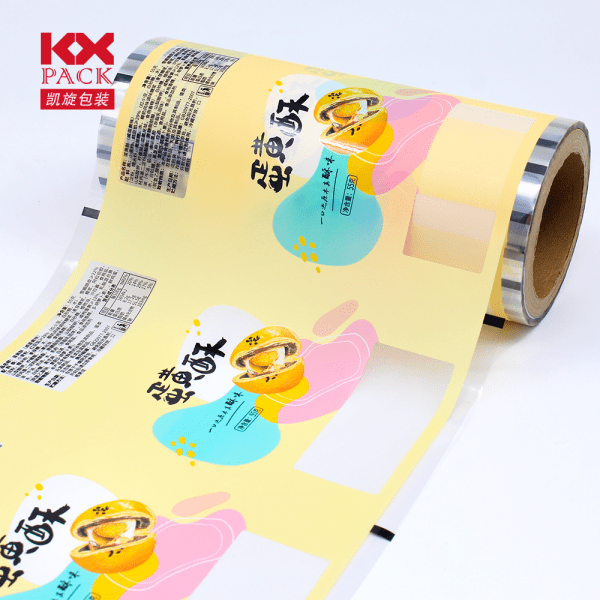
Innovation of Film Packaging for Food
Innovative Food Packaging Film Solutions The συσκευασία τροφίμων industry is constantly innovating to meet evolving consumer preferences and regulatory requirements. Here are some exciting developments in food packaging films:
- Active and Intelligent Packaging: These films incorporate additives or sensors that actively monitor and regulate the internal environment, extending shelf life and improving food safety.
- Sustainable and Biodegradable Films: Manufacturers are exploring bio-based and biodegradable materials like polylactic acid (PLA) and cellulose to reduce environmental impact.
- Αντιμικροβιακές ταινίες: Incorporating antimicrobial agents into films can inhibit the growth of bacteria, mold, and fungi, enhancing food safety and prolonging freshness.
- Ταινίες υψηλού φραγμού: Advanced multi-layer structures and coatings provide superior barrier properties against gases, υγρασία, και φως, extending shelf life for sensitive products.
- Smart Labels and Packaging: Ενσωμάτωση κωδικών QR, RFID tags, and other smart technologies enables real-time monitoring, traceability, and enhanced consumer engagement
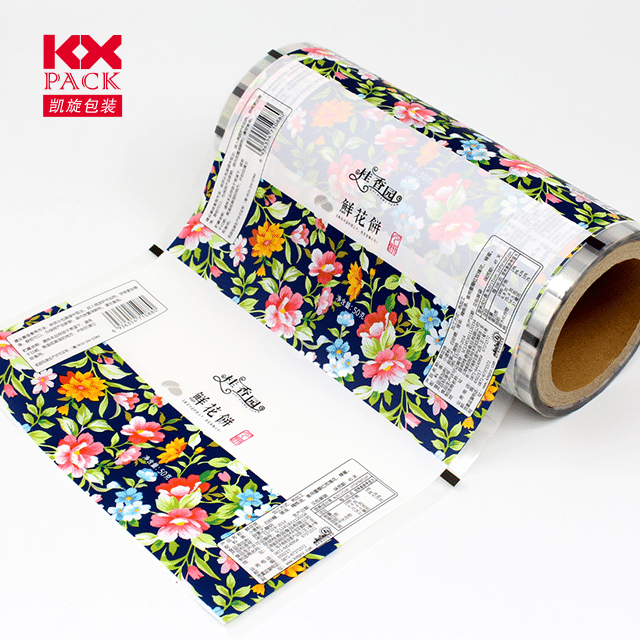
συμπέρασμα
As consumer preferences and regulatory requirements continue to evolve, the food packaging industry must stay ahead of the curve by developing innovative and sustainable film solutions.
By leveraging cutting-edge materials, τεχνολογίες, and manufacturing processes, food packaging films can ensure product safety, φρεσκάδα, and appeal while minimizing environmental impact.
The future of food packaging lies in intelligent, high-performance, and eco-friendly film solutions that meet the demanding needs of the modern food industry.
Επικοινωνήστε μαζί μας
For more information of Film packaging for food, επίσκεψη την ιστοσελίδα μας ή επικοινωνήστε με την επαγγελματική ομάδα εξυπηρέτησης πελατών μας:




